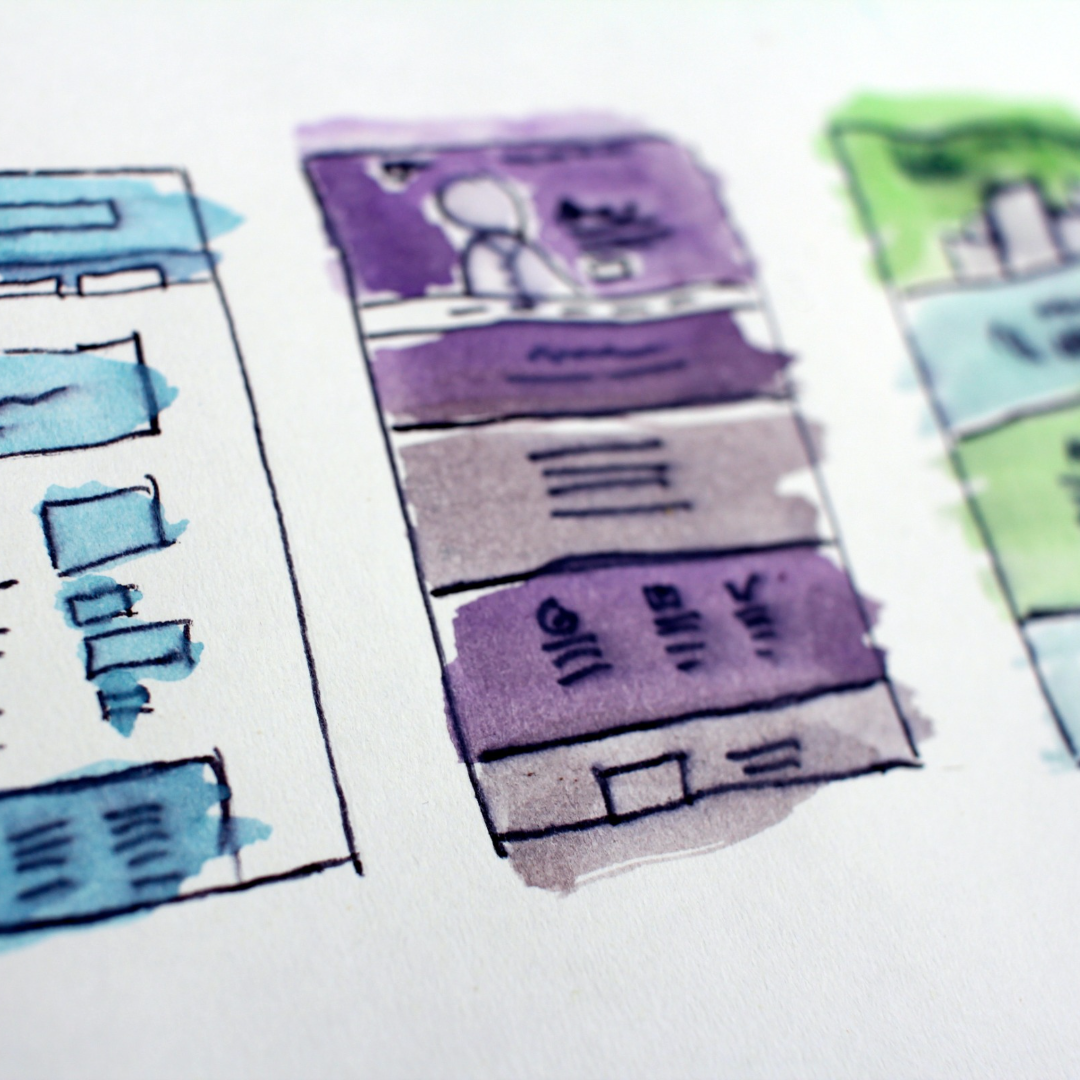While something like Facebook and Instagram ads is amazing at driving traffic to your website if your website isn’t converting it can be very hard to be profitable.
The data Facebook and your website will give you will help you to work out where the problems are, some common places to look are. Now I’m not a conversion rate specialist, but below I’ve listed some areas to look and what to do about them that I’ve learnt in my years in the digital marketing space:
Spotting Bottlenecks
One of the easiest ways to improve the success from your ads is firstly to see where the bottlenecks are, these are the core ratios and stats we look at to identify potential bottlenecks:
-
Your onsite conversion rate, for Shopify the standard is usually around 3% but some operate profitably on less and others manage conversion rates much higher – just to give you a rough guide.
-
Have a look at the ratio of link clicks to landing page views. This should be close to a 1:1 ratio but it’ll never be quite 1:1 – if it’s drastically lower it probably means your site is too slow
-
Then have a look at the ratio of landing page views to content views, I like a minimum of 1:2 – but higher is better. Again this depends on your product, if you’re in fast fashion it probably needs to be a lot higher, if you only have a couple of core products it might be less. Basically it’s a tell of, for each person that lands on your site, how many products are they looking at?
-
From content views to add to carts is another important metric – if people are looking but not adding to cart, why might that be?
-
And lastly the landing page to purchase and add to cart to purchase conversion rates. These will tell you how many people from your ads are going through to purchase.
Knowing these numbers will help you to identify an issue, it’s not always the conversion rate on site. If you aren’t getting the traffic from your ads, or people aren’t browsing enough it can skew your final conversion rate so it’s important to work out where the bottle neck is in the first place.
20 Ways to Improve Your Onsite Conversion
If you want some ideas to improve your conversion rate across the board, here are 20 tips, although I’m not a conversion rate specialist so if this is something you struggle with I recommend working with an expert!
-
Make sure your website is mobile-friendly and has a fast loading speed. In this day and age, speed is vital! People are impatient.
-
Simplify the checkout process by reducing the number of steps and eliminating unnecessary fields. This is fairly custom in Shopify but make sure your apps aren’t slowing things down or complicating things.
-
Offer free shipping or free returns to encourage customers to complete their purchase. Shipping is a bug bear of a lot of customers, if you can’t offer free shipping ,can you offer free shipping over a certain dollar value, and if no free shipping at all, just make it abundantly clear what they can expect – don’t make them wait till they add their payment info to find out.
-
Use clear and prominent calls to action to guide customers through the purchasing process, preferably in unique colours. While it’s nice to have everything in brand colours – sometimes this leads to the important buttons blending in. Perhaps save a colour specially for those stand out buttons.
-
Use high-quality product images and descriptions to give customers a better sense of what they are buying.
-
Better yet use video to showcase products and demonstrate their features, people can’t see, feel, touch or smell your product in person – the content on site has to do this for you.
-
Offer live chat or phone support to help customers with any questions or concerns they may have if this is an option. Although don’t offer it if you can’t manage it, nothing worse than jumping on live chat and not getting a reply for 2 days…
-
Display customer reviews and ratings to help build trust and credibility, these work amazing well in your ads too!
-
Use social proof, such as displaying the number of people who have purchased a product or the number of people currently viewing it. These can get annoying though so best to test whether it works for your business.
-
Implement trust badges, such as a secure payment badge or a money-back guarantee badge.
-
Offer a variety of payment options to make it easier for customers to complete their purchases. Things like AfterPay and ZipPay are huge at the moment, just beware the fees are large so make sure you incorporate those expenses into your product pricing so you don’t lose money.
-
Show off ‘frequently bought with’ or ‘best seller’ collections – people don’t always know what goes together or if you have a lot of products can struggle to find everything they may like. These styles of collections when done well can be great.
-
Use A/B testing to determine which version of a page or element performs better. This often requires the help of an expert but can sometimes be DIY’d if you’re clever – just be careful!
-
Offer bundle deals or upsells to encourage customers to add additional items to their purchases. Something clients have found really successful is a mystery bundle at check out, accessories, or small purchases suggested at checkout – all these go a long way to improving your AOV (average order value).
-
Make sure your website is easy to navigate and has a clear hierarchy of information. While pretty is important – being easy to use, especially on mobile is far more important.
-
Use clear and concise headings and subheadings to break up long blocks of text and make it easier for customers to scan and understand the content.
-
Make sure your website is visually appealing and uses appealing colors and fonts.
-
Use clear and concise language in your product titles, descriptions, and calls to action to help customers understand what they are buying and how to take the next step.
-
Add something like HotJar to your site so you can see how people are behaving on your site as this can help you to spot any issues – we’ve found people clicking on things that weren’t clickable and scrolling to find more info when there was none. Can be very helpful!
-
Make sure it’s instantly clear what you sell – your home page should be your store front.
Happy optimising!
Want a hand looking over your ratios and want to know where YOUR bottlenecks are? Book in a Free Strategy Session – this is exactly what they were designed for.




